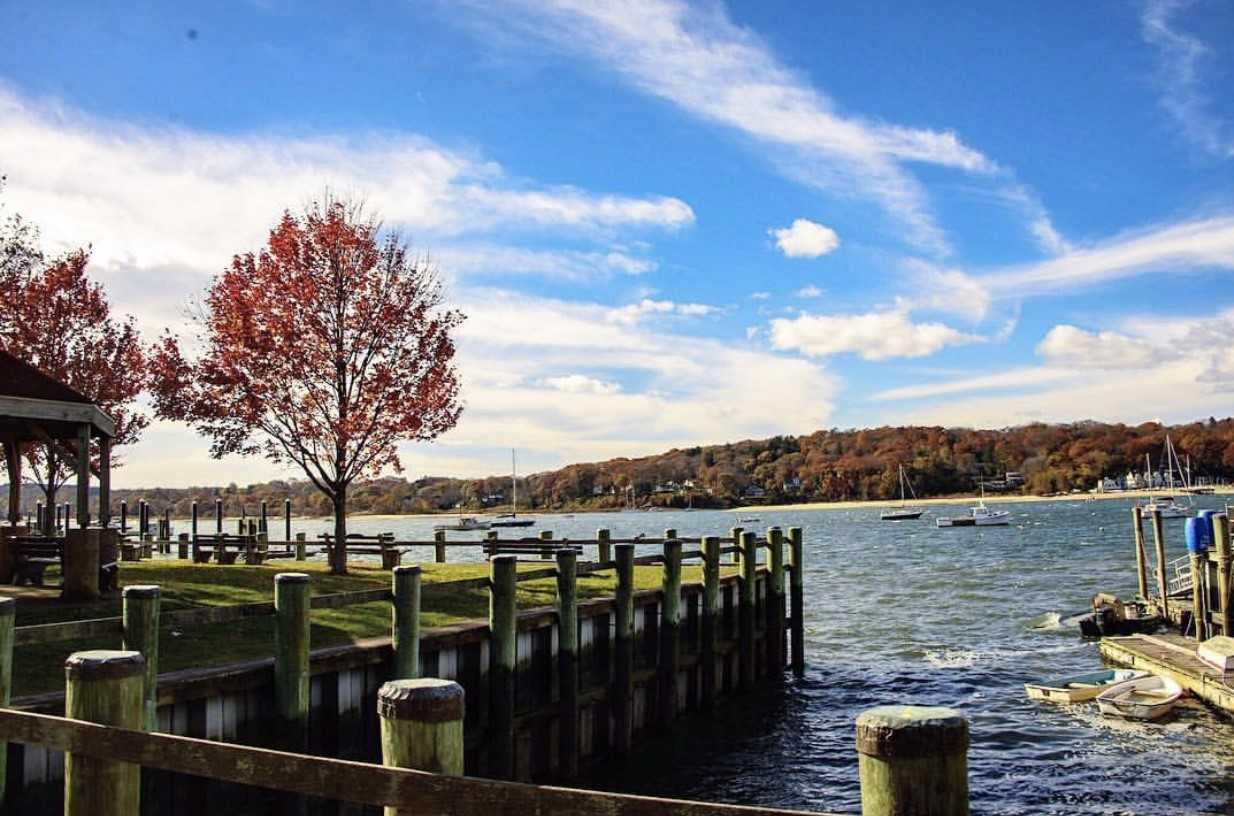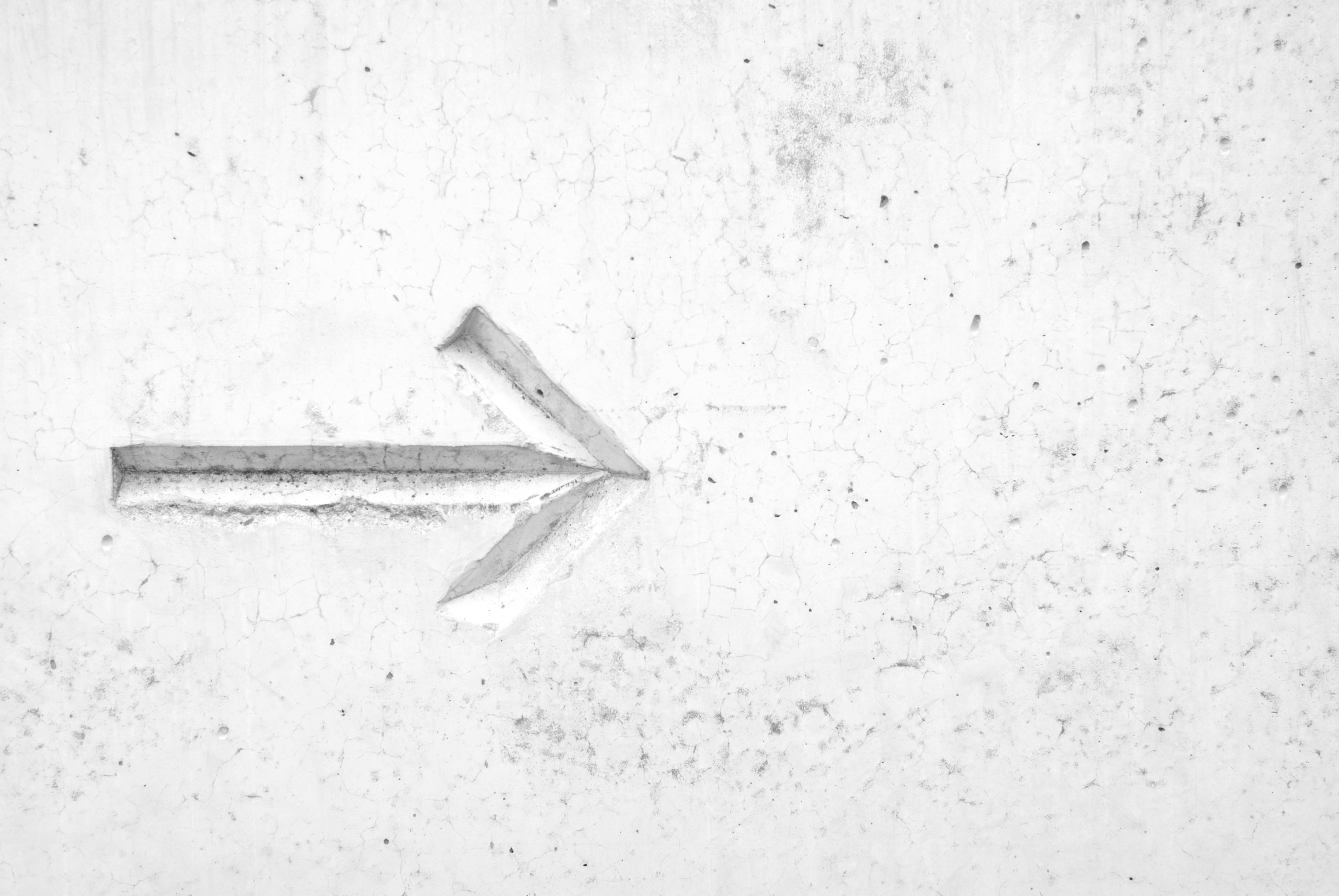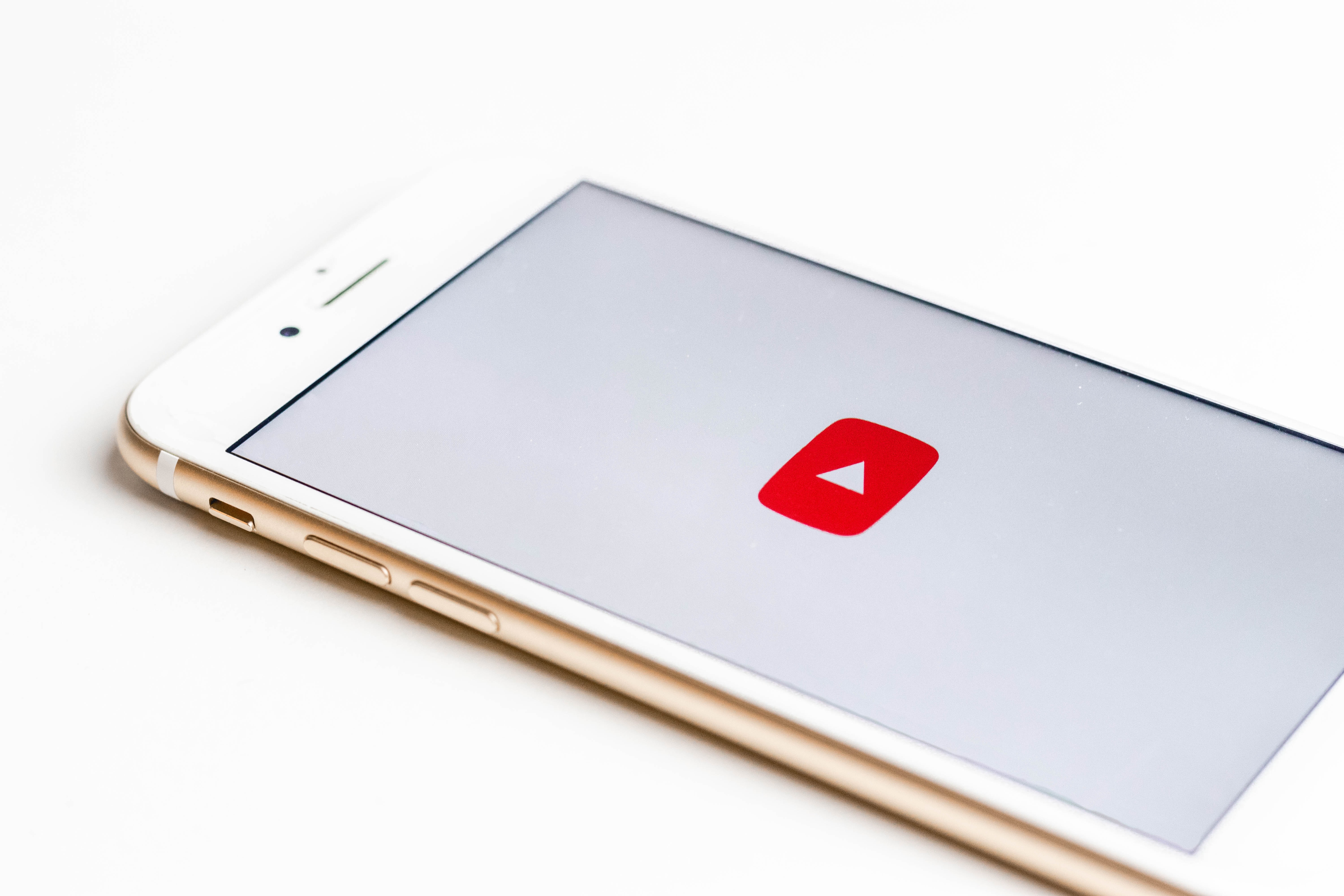WATER PUMP IMPELLER
Replace your water pump impeller if needed. Keep in mind - they last only a few years. When not replaced, your engine can overheat.
BELTS
Check all belts for wear and tear. A loose belt will show signs of tension.
OIL LEVELS
Check the oil levels for steering mechanisms. A low oil supply will reduce outboard performance and damage pumps.
ANODES
Check for decaying anodes. If an anode has disappeared, check other metal surfaces for galvanic corrosion. If your anodes have disappeared in one season, this may indicate a bigger electrical problem.
LOWER-UNIT LUBE
Look at the lower-unit lube level and condition. This should have been drained during the winterization process. If not, a change in oil color can indicate that water has infiltrated the seal. If this is the case, the lower unit can be damaged.
PROPELLER
Check the propeller for dents. Excessive damage can cause vibrations, loosen screws and bulkheads, and ultimately damage the transmission.
CONTROL CABLES AND LINKAGES
Check control cable outer jackets and linkages. If the cables are corroded, they should be replaced. If they are not replaced, it could cause the cables to fail. Do not use lubricate as a quick fix.
STUFFING BOXES
Inspect the engine shaft and stuffing boxes for leaks. A defective stuffing box can lead to sinking. You can try to remedy the leak by tightening the nut. If that doesn’t work, try repacking the gland.
RUBBER OUTDRIVE BELLOWS
Check the rubber outdrive bellow for cracks or deteriorated areas. A cracked bellow can sink the watercraft.
BILGE PUMP
Inspect the bilge pump by immersing it in water. Check that the switch works, and the pump can drain water correctly.
FUEL SYSTEM
Check the fuel lines and fittings for cracks. Any fuel lines that show signs of damage should be replaced. In addition, fuel hoses should be double clamped.
ELECTRICAL SYSTEM
Clean and fasten all electrical connections on the watercraft.
SAFETY EQUIPMENT
Check all of the U.S. Coast Guard required safety equipment, including fire extinguishers, personal flotation devices, visual distress signals, and more. For a complete list of the required safety equipment, reference our printable launch checklist.




